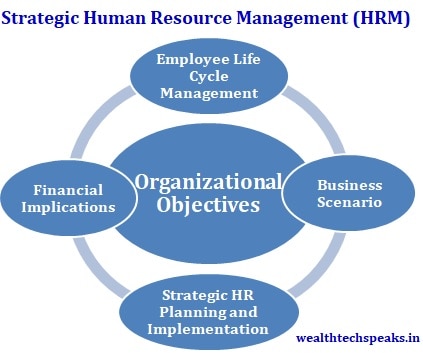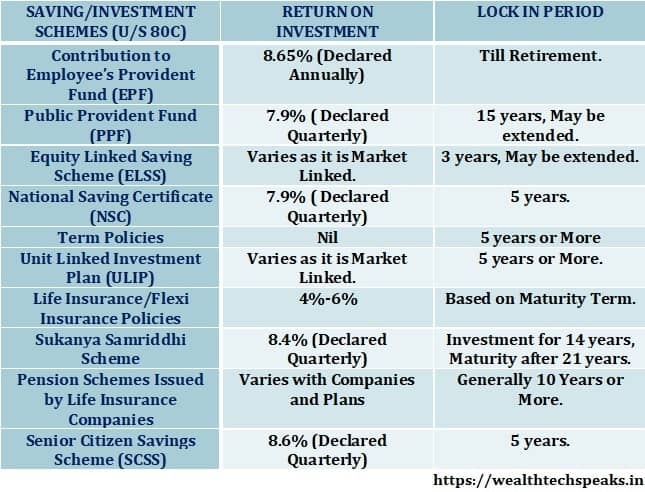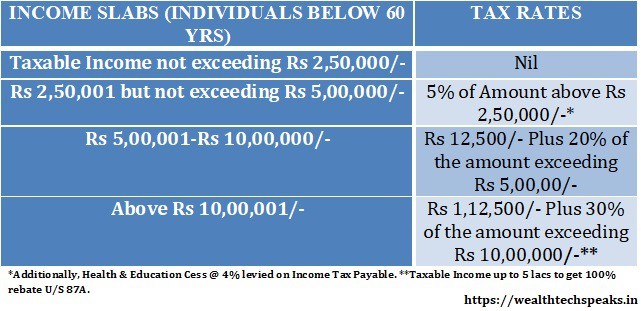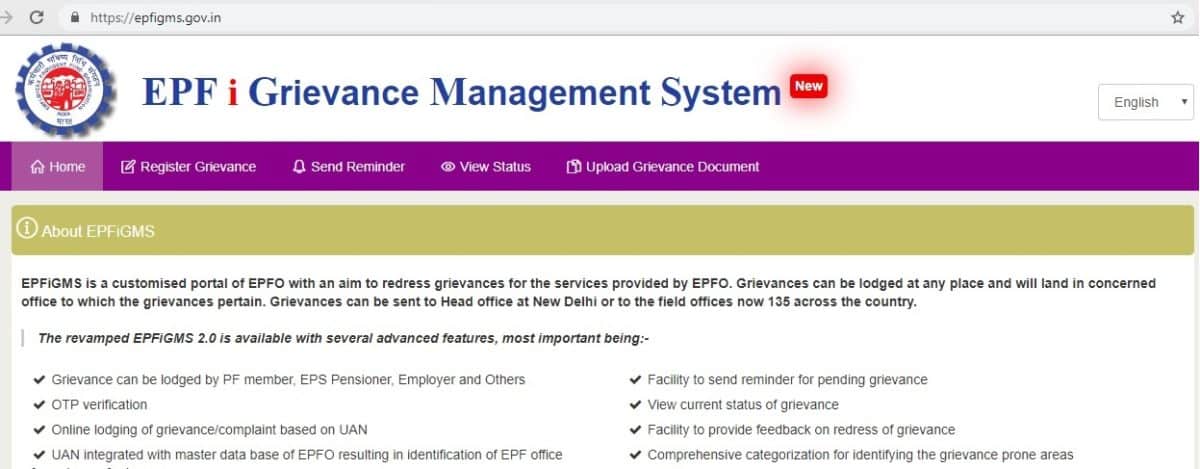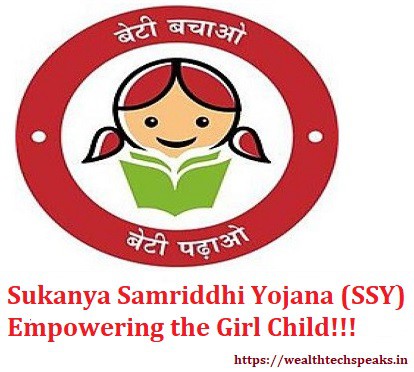Wholesale and Retail Inflation Go Inverse, Industry Output Falls
- Posted By Amritesh
- On September 17th, 2016
- Comments: one response
WHOLESALE PRICE INDEX (WPI)
Wholesale Price Index (WPI) for the month of August, 2016 rose marginally to 3.74% as compared to 3.55% in the previous month. Inflation is on the rise for past five months and it is the highest recorded in last 24 months. The rise is mainly attributed to steep rise in the manufactured products. However, the moderation in food inflation has shielded against steeper rise in inflation rates. The food inflation fell sharply to 8.23% as compared to 11.82% in the previous month. The price of potato continued to rise. In fuel and power segment, inflation rose by 1.62% as compared to (-)1.0% in the previous month, it is after a quite sometime that we see a rise in Crude Inflation. Wholesale Inflation takes into account the prices paid by the manufacturers on the goods imported and used as inputs. However, any further rise in Food Inflation may become a cause of concern keeping in mind the projected inflationary targets. The fall in food prices is a welcome relief as we had decent rains this year. On month to month basis Primary articles fell to 7.47% as compared to 9.38% in the previous month while Manufactured products rose to 2.42% from 1.83%. The index provides Primary Articles with 20.11% weightage, 64.97% for manufactured products and power & fuel with 14.91%.
Wholesale Price Inflation for the month of June,’16 has been revised to 2.12% from 1.62%.
CONSUMER PRICE INDEX (CPI)
Consumer Price Index (CPI) fell to a five month low in the month of August, ‘16 as it stood at 5.05% as compared to 6.07% in the previous month. As Food Inflation fell to 5.91% from 8.35% recorded in the previous month. Fall in prices of Vegetables is largely responsible for the slide. Consumer Food Inflation has 47% weightage in CPI Index. The downtrend shows that monsoon has been good for crops and resulted in prices being under control.
With Inflation in check, RBI will be encouraged to lower the lending rates immediately. Industrial Output is also pretty choppy as of now.
CPI falling, which is attributed to higher weightage being given to retail inflation, reflects the true impact of inflation on Common People. Going forward, stability in CPI will lead to strengthening of the economy and would call for changes in the monetary policy.
INDEX OF INDUSTRIAL PRODUCTION (IIP)
Index of Industrial Production (IIP) contracted by 2.4% in the month of July,’16 as compared to rise of 2.1% witnessed in June,2016. IIP figures have been fluctuating for quite some time now as it has failed to gain any momentum.
The fall is mainly contributed due to slowness in Manufacturing Sector. As manufacturing sector fell by 3.4%, whereas Mining sector grew by 0.8%, while the Power Sector grew by 1.6%. The Capital Goods fell steeply for the ninth month in a row by (-)29.6% while Consumer Durables Sector fell by 5.9 %.
The growth of factory output is essential for the economy. Industrial growth is mandatory for creation of jobs, however the turbulent European market and China slowing down is a cause of concern and one needs to be cautious going forward.
As I had mentioned previously, growth in Manufacturing Sector is the only way forward for the economy. Thus the rise in the core sectors along with few others will definitely help the Economy to move forward. Manufacturing Output also constitutes 75% of IIP data.
OUTLOOK
RBI has set a target of achieving CPI below 5% by March,2017 and seems on course to achieve it. The inflationary pressure is expected to ease in the coming months.
RBI wants to ease Consumer Inflation to 4% which for the time being it seems to be an ambitious target, which will be tough to meet. However, if retail inflation remains within 5%-6%, RBI should be fairly satisfied.
RBI will look to revise Repo rates as the Industry outlook is weak and requires major boost.
The Wholesale inflation in positive may be good, as it indicates raise in demand, which in turn will lead to increase in productivity thereby leading to better wages and more job creation. However, the rise in food prices will negatively impact the consumers.
Exports are on decline for quite some time now which is impacting India’s inflow. The fall is mainly contributed to poor global demand and softening of crude prices. Global Economic slowdown has not helped India’s cause either. Exports are on decline for past 20 months.
Global Sentiments are pretty reserved at this point of time with China slowing down. The major challenge at this point of time is to ensure economic stability and safeguard the Interests of developed and developing economies of the world.
India is emerging as the most preferred destination for the Investors and promises to bring in more and more investments which augurs well for the economy as well the as the population.
www.amritfinaa.blogspot.com
Subscribe
Login
1 Comment
oldest

